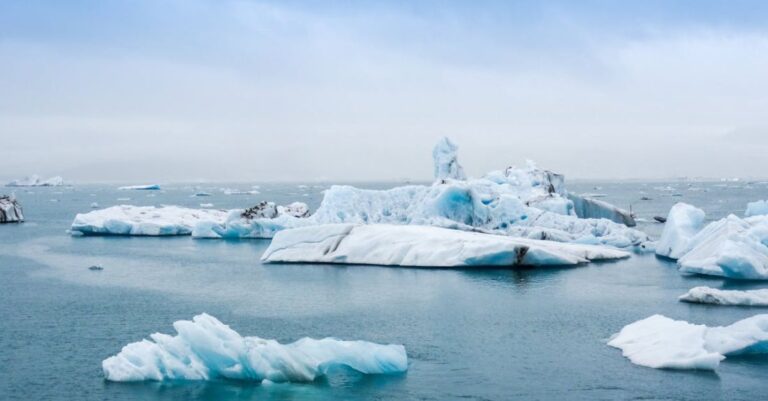
The Galapagos Islands, a UNESCO World Heritage Site, are renowned for their unique biodiversity and play a crucial role in the field of conservation. To ensure the preservation of this delicate ecosystem, various key conservation programs have been implemented. These initiatives focus on protecting the islands’ flora and fauna, managing invasive species, and promoting sustainable tourism. Let’s delve into some of the key conservation programs that are making a difference in the Galapagos.
Protecting Endangered Species
One of the primary objectives of conservation efforts in the Galapagos is the protection of endangered species. The islands are home to a diverse array of unique animals, many of which are found nowhere else on Earth. Programs such as the Giant Tortoise Restoration Initiative aim to conserve and restore populations of these iconic creatures. By monitoring and protecting nesting sites, controlling invasive species, and reintroducing tortoises to their natural habitats, this initiative has been instrumental in the recovery of these endangered animals.
In addition to the giant tortoises, the Galapagos Islands are also home to other endangered species, such as the Galapagos penguin and the Galapagos sea lion. Conservation programs focusing on these species involve habitat restoration, population monitoring, and efforts to mitigate the impact of human activities on their populations. Through these targeted initiatives, conservationists are working to ensure the long-term survival of these vulnerable species.
Managing Invasive Species
Invasive species pose a significant threat to the unique biodiversity of the Galapagos Islands. Non-native plants and animals can outcompete native species, disrupt ecosystems, and alter the natural balance of the environment. To address this threat, various programs have been implemented to control and eradicate invasive species in the Galapagos.
The Galapagos Biosecurity Agency plays a crucial role in preventing the introduction of invasive species to the islands. Through strict biosecurity measures at ports of entry and ongoing monitoring efforts, the agency works to prevent the arrival of new invasive species. In cases where invasive species have already established populations on the islands, eradication programs are employed to remove them and restore the natural ecosystem.
Promoting Sustainable Tourism
Tourism is a vital part of the economy of the Galapagos Islands, but it also poses challenges to conservation efforts. The increasing number of visitors to the islands can put pressure on fragile ecosystems and wildlife populations. To mitigate these impacts, sustainable tourism practices are being promoted through various conservation programs.
The Galapagos National Park Authority works in collaboration with tour operators, hotels, and local communities to implement sustainable tourism guidelines. These guidelines aim to minimize the ecological footprint of tourism activities, reduce waste generation, and educate visitors about the importance of conservation. By promoting responsible tourism practices, these programs help to ensure that tourism can coexist harmoniously with conservation efforts in the Galapagos.
Preserving Marine Ecosystems
The marine ecosystems surrounding the Galapagos Islands are equally important to conservation efforts. The waters of the Galapagos are home to a rich diversity of marine life, including sharks, rays, sea turtles, and marine iguanas. Protecting these marine ecosystems is essential for the overall health of the islands’ biodiversity.
The Galapagos Marine Reserve, one of the largest marine protected areas in the world, plays a critical role in the conservation of the islands’ marine ecosystems. By establishing no-take zones, regulating fishing activities, and monitoring marine biodiversity, the reserve helps to safeguard the delicate balance of the marine environment. Conservation programs focused on marine conservation also address issues such as plastic pollution, climate change, and illegal fishing to ensure the long-term health of the oceans around the Galapagos Islands.
In conclusion, the Galapagos Islands are a global treasure that requires dedicated conservation efforts to protect their unique biodiversity. Through key conservation programs focusing on protecting endangered species, managing invasive species, promoting sustainable tourism, and preserving marine ecosystems, conservationists are working tirelessly to ensure the long-term sustainability of this iconic archipelago. By continuing to support these initiatives and raise awareness about the importance of conservation, we can all play a role in preserving the natural wonders of the Galapagos for future generations.





